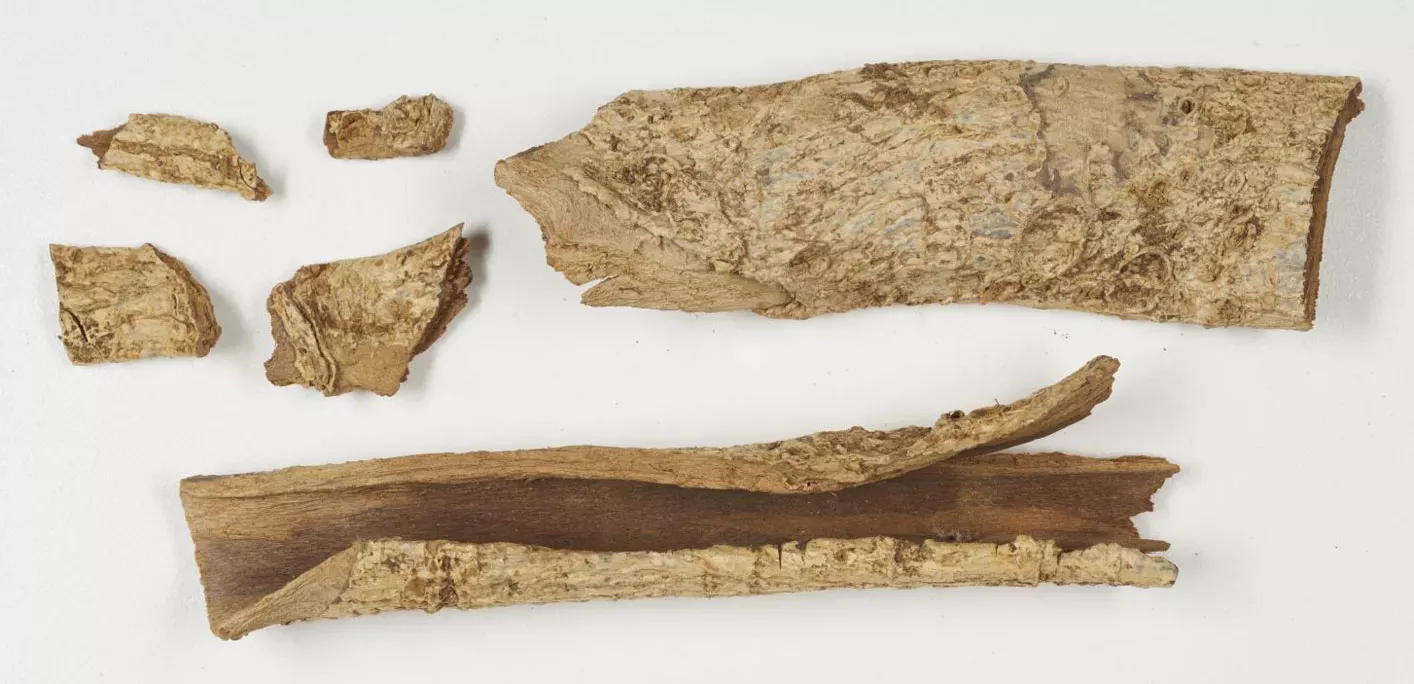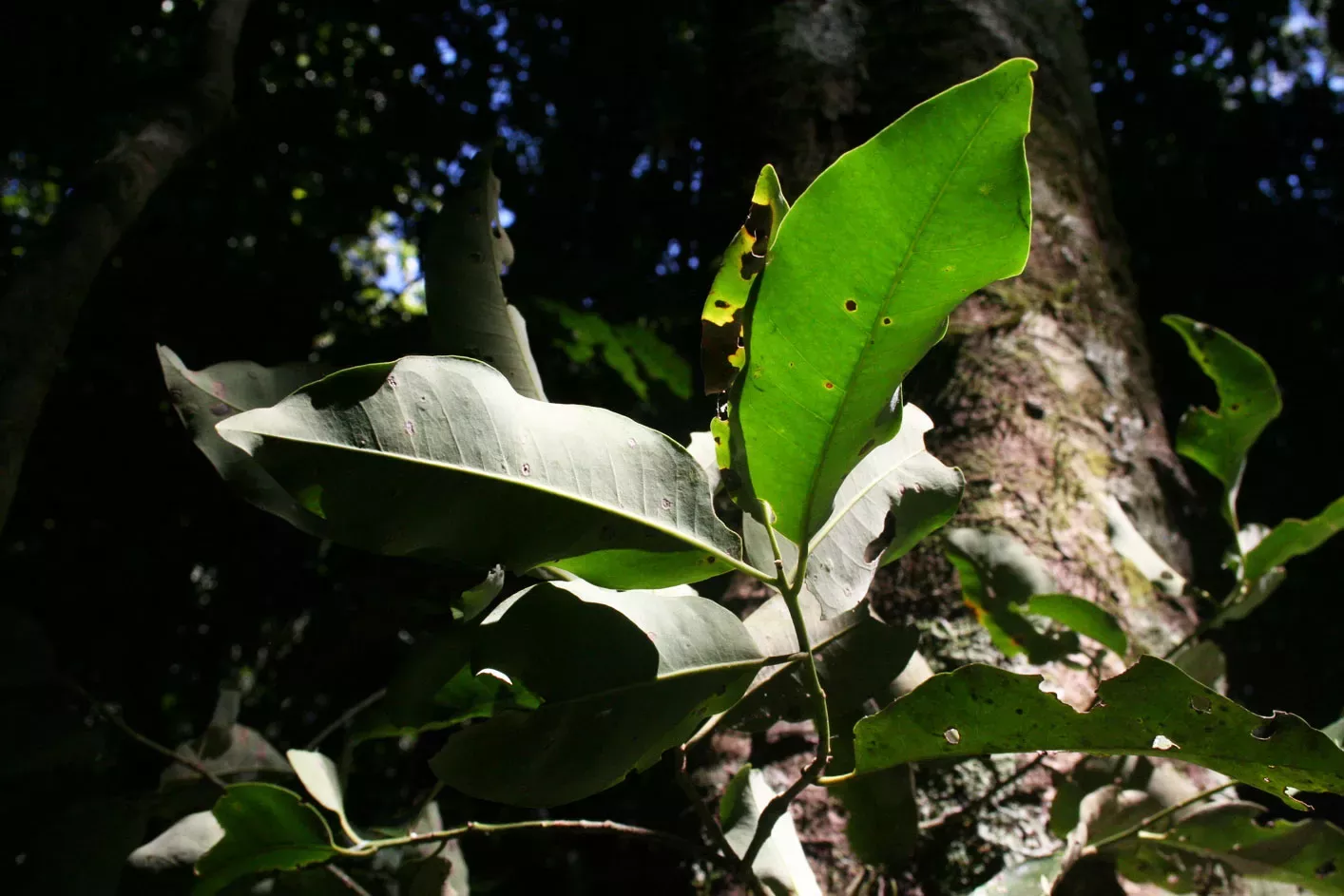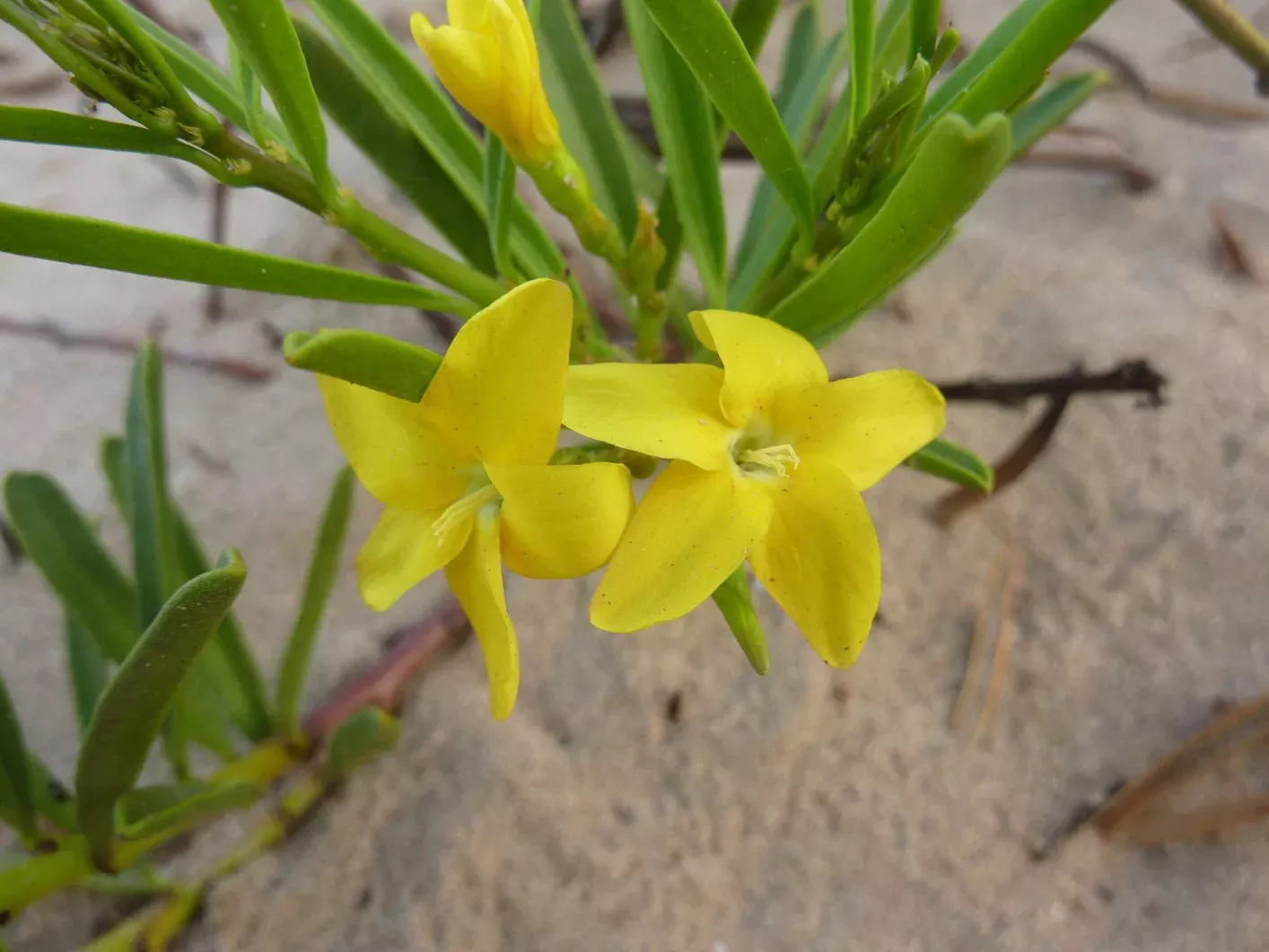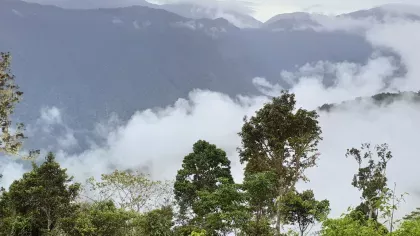2 July 2021
Finding novel treatments for malaria
Combining traditional knowledge of plants with the exploration of the Tree of Life could help us to accelerate the discovery of new medicines.

Malaria remains a serious disease.
In 2019, over 400,000 people died due to the illness.
Malaria is caused by the Plasmodium parasite, which is spread to humans through the bite of infected mosquitoes.
Several antimalarial drugs exist to treat or prevent malaria.
However, just like antibiotic resistance, antimalarial drug resistance is an increasing threat, particularly throughout the tropics, and new strategies to combat malaria are urgently required.
Could novel plants provide new alternatives for the treatment of this damaging illness?
And, if so, how can we identify them?

Drugs inspired by nature
A number of pharmaceutical drugs that are used to treat malaria are based on plant chemicals.
For example, quinine is an alkaloid chemical found in the bark of the fever tree (Cinchona spp.), which has been used as a traditional remedy for fevers and malaria for centuries.
Likewise, artemisinin is a chemical that occurs in sweet wormwood or qinghao (Artemisia annua), a traditional Chinese medicine, which was ‘re-discovered’ in the 1970s.
Quinine and artemisinin, or their derivatives, are used as antimalarial drugs.
In our recent paper, we carried out a survey of traditional knowledge of medicinal plants in Latin America, based on publications and information on herbarium specimens.
We found over 1,000 species have been used to treat malaria by communities in Latin America.
Some of the species (or genera) are widely used in many countries, e.g. species of the genus Aspidosperma, and by several indigenous peoples within the Amazon.
However, over 600 species are recorded only once in the dataset.
Some have been tested against the Plasmodium parasite, but many others have not.

Mining the Tree of Life
To discover unknown antimalarials, we analysed our Latin American dataset within the evolutionary Tree of Life.
This is like a family tree, but much bigger and much more complex.
There is increasing evidence that medicinal plants are not randomly distributed within the Tree of Life, but instead are clustered.
By identifying and analysing the known antimalarial genera within the tree, we discovered that in certain areas these were concentrated into what are currently called ‘hot nodes’.
Revealing hidden knowledge
When looking at some of the clusters within the plant families, we noted that certain genera appear not to have been used as antimalarials (e.g the genus Alseis), but they are closely related to other genera which are used for that purpose.
Some of these ‘unused’ genera do not occur in regions with malaria, so the local people would not have discovered their potential antimalarial properties.
This ‘hot node’ selection process has helped focus pharmacological and ethnopharmacological research on strategic genera and species, assisting with the discovery of potential new cures for malaria.

Finding new medicines for other diseases
The idea of combining traditional medicinal plant knowledge with the Tree of Life is growing.
This technique could be applied to medicinal plants in other regions of the world, and for other diseases, to predict which plant species might also contain bioactive compounds that could provide potential medicines for the future. This approach may also help identify the most sustainable sources for them.
This could assist with the development of healthcare strategies in the poorest countries in the world.
However, this approach relies on continued access to traditional knowledge of how plants are used as medicines.
This vital information has been passed down through many generations, mostly by word of mouth, but is now disappearing rapidly as lifestyles change.
There is a growing need to document this traditional knowledge and support communities to maintain it, so that this invaluable knowhow, developed and refined over centuries, is available to future generations.
Read the paper
Milliken, W., Walker, B., Howes, M-J.R., Forest, F. & Nic Lughadha, E (2021) Plants used traditionally as antimalarials in Latin America: mining the Tree of Life for potential new medicines. Journal of Ethnopharmacology
References
Williams, C., Walsh, A., Vaglica, V. et al. (2020) Conservation Policy: Helping or hindering science to unlock properties of plants and fungi. Plants, People, Planet 2: 535-545.






